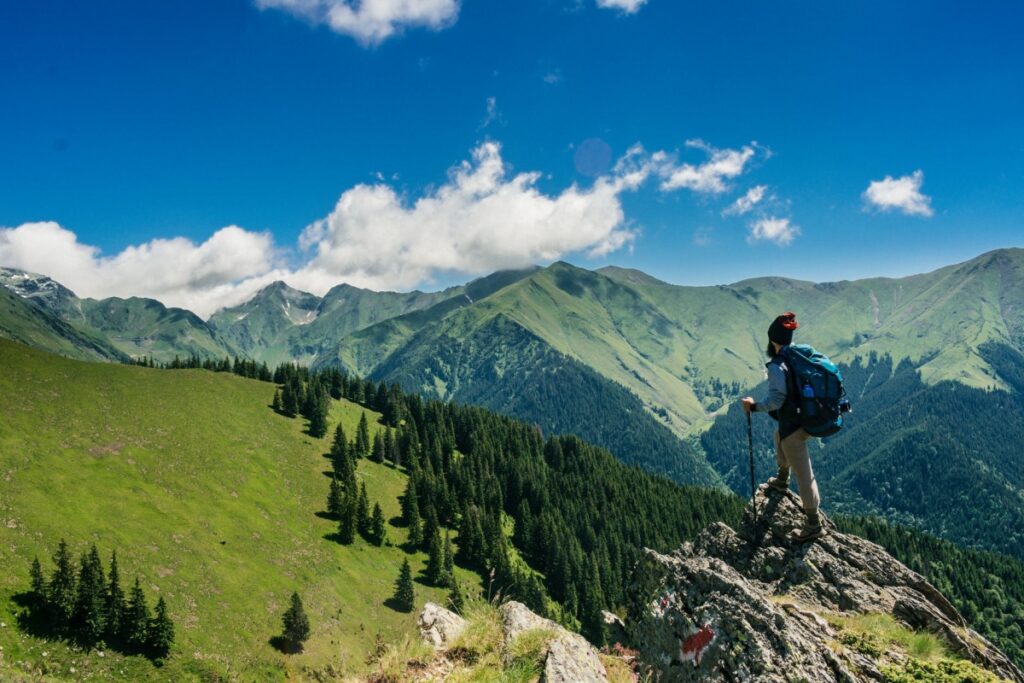
Is that a seed catalogue on your coffee table? In these anxious times, country life has never looked so good and this week we’ve got some of the quirkiest, most interesting arts and culture news to prove it.
Plant yourself down, and check out what our team at the AGO is digging into this week:
An exhibition 15 acres in the making? At the Marie Selby Botanical Gardens in Sarasota, Florida, art is in full bloom. A “horticultural evocation” of Monet’s beloved Giverny gardens as seen through the eyes of artist Roy Lichtenstein, the current exhibition promises a surprising tour into the intersection of Impressionism and Pop art.
Lichen, not Lichtenstein, is the inspiration for an exhibition by artists Tracey Bryant and Rhonda Harder on now in Yellowknife, Northwest Territories. Although not actually a plant, lichen loves northern climates, almost as much as Nathan Myhrvold, inventor of the snowflake camera. He believes his new invention, which has a minimum shutter speed of 500 microseconds (1,200 times faster than a normal camera), has the world’s highest resolution.
Elsewhere, those mysterious monoliths continue to roam the earth. With over 200 sightings reported since last November, in locations as far flung as Antarctica and a South African grocery store, they remain a mystery. Who is the artist behind them? How many are copycats? What exactly was the Turkish space agency doing with theirs? Fortunately for those of us who wish to keep our landscape biolithic, there’s a tracker for them now.
Speaking of field guides, the new online exhibition Birds of the Northeast: Gulls to Great Auks elegantly breeds photographs, paintings and sculpture with natural history specimens. The work of one museum director and two biologists, it will leave you crying fowl over dwindling biodiversity.
There’s a new blue in town. It’s called YInMn and it’s the first new shade of blue in over 200 years to become commercially available. Nothing natural about it sadly – blue is a colour that rarely appears in nature. It was discovered accidentally in a lab in 2009 and just recently added to the Forbes Pigment Collection at the Harvard Art Museum.
Finally, a parting note: Scientists in France recently determined that a conch shell, thought to be more than 18,000 years old, is actually a Paleolithic musical instrument! Listen here.